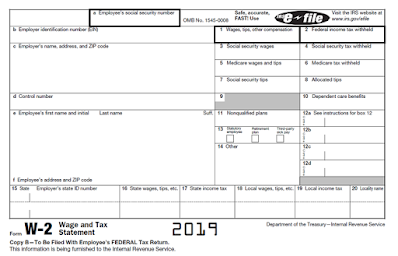I do not often read ERISA cases.
ERISA deals with employee retirement plans and refers to federal law: Employee Retirement and Security Act. It is old law (1974), and provides protection for individuals enrolled in private retirement and health plans. It can be as abstruse as the tax Code, and as difficult to follow. It is more in the purview of retirement specialists and not so much that of a general tax practitioner.
What made me think about it was a reference to the Henkel case from 2015.
Henkel involved a top hat plan for selected management and other highly compensated employees. The idea behind a top hat is to provide benefits in excess of those available to employees through regular plans (think 401(k), cafeteria plans and the like.) Top hats are mostly exempt from ERISA because of that select group of covered employees, You and I are unlikely to ever be enrolled in a top hat plan.
In Henkel, select employees were covered by a nonqualified deferred compensation plan. After benefits began, the company (Henkel Corporation) reduced the monthly benefits for federal tax withholding. ERISA has restrictions on reducing someone’s benefits – hence the litigation.
The federal withholding was FICA.
There is an odd rule in the tax Code for FICA taxation of deferred compensation. What sets it up is the income taxation of the deferred compensation itself.
Generally speaking, deferred compensation will include some kind of qualifying event. For example, say that an executive is entitled to 1% of his/her 2025 division profits as compensation, payable in 2028. To be entitled to the bonus, the executive must remain employed with the company through December 31, 2026.
It is that condition subsequent that makes the income taxation tick. It would be unfair to tax the executive in 2025, as he/she may never receive a dime if they are not employed through December 2026. Let’s say that they are employed through December 2026. It would still be unfair to subject the bonus to income taxation in 2026, as there is no cash until 2028. In general (and a big general at that) the tax Code will slow the income tax horses until 2028.
But this is compensation, meaning that there will also be FICA tax due.
When is that tax due?
A reasonable person would expect the FICA and income tax to lock arms and be due at the same time.
A reasonable person would be wrong.
FICA tax will be due at the later of:
The date the employee performs the services causing the deferred compensation (in our case, 2025), or
The date on which the employee is no longer subject to a substantial risk of forfeiting the deferred compensation (in our case, 2026).
Our executive would be subject to FICA tax in 2026.
What about concern for having cash to pay the tax?
It does not appear to apply to the FICA tax, only to income tax.
In practice, this is rarely as big an issue as it may first appear. FICA is divided into two parts: the old age (which is 6.2%) and Medicare (which is 1.45%). The old age (the acronym is OASDI) cuts off at a certain dollar amount. Medicare does not cut off. Odds are that someone in a top hat plan is well over the OASDI limit (meaning no old age tax), leaving only Medicare.
It is unlikely that one is going to do a lot of tax planning for 1.45%.
This FICA trigger is called the “special timing rule.”
There is an upside to the special timing rule, and it depends on how the deferred compensation is determined.
If one can flat-out calculate the deferred compensation (in our case, 1% of division profits), the plan is referred to as an account balance plan. Granted, one can add interest or whatever to it to allow for the passage of intervening years, but one can calculate the beginning number.
If one pays FICA on an account balance plan under the special timing rule, there is no additional FICA when the plan finally pays out. This means that interest (for example) added to the beginning number is never subject to FICA.
Sweet.
Switch this over to a nonaccount balance plan and FICA can change. FICA is calculated on the actual distribution, but one is given credit for FICA previously paid under the special timing rule. In this case, one would pay FICA on the interest added to the beginning number.
There are also different ways to calculate the FICA under the special timing rule: the estimated method, the lag method, the administrative convenience method and so on.
Throw all the above in a bag, shake thoroughly, and that is how we got the Henkel case. How can the benefits go down? Take a nonaccount balance plan, with FICA being paid later rather earlier.
Is it a reduction in benefits?
Yes and no. It is technically a reduction if one was not thinking about the FICA.
It is not however a reduction for purposes of ERISA.
Our case this time was Davidson v Henkel, USDC, Eastern District of Michigan Southern Division, Case No. 12-cv-14103.

